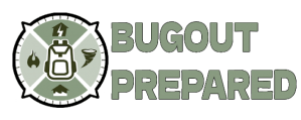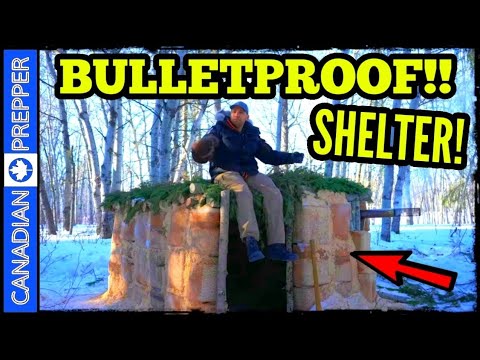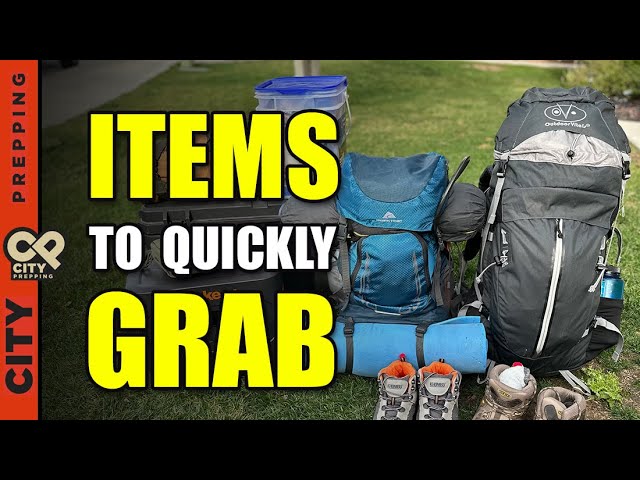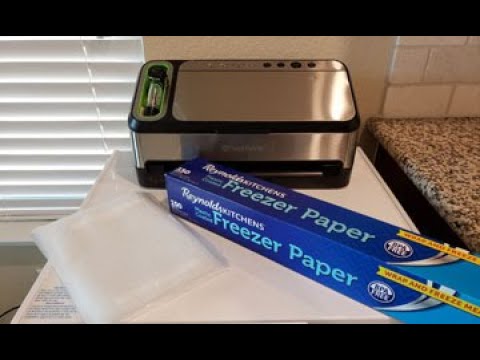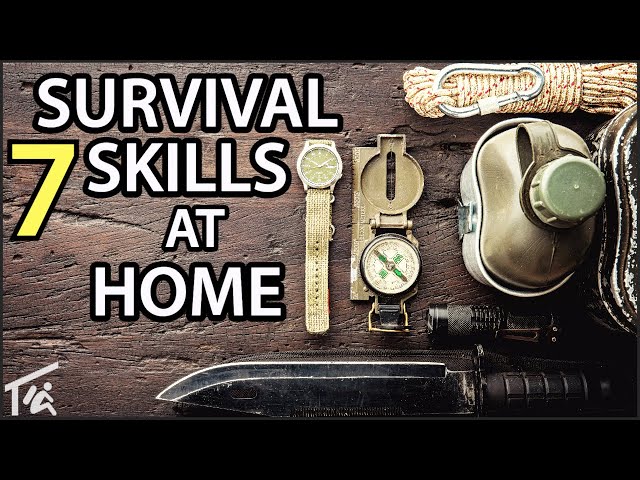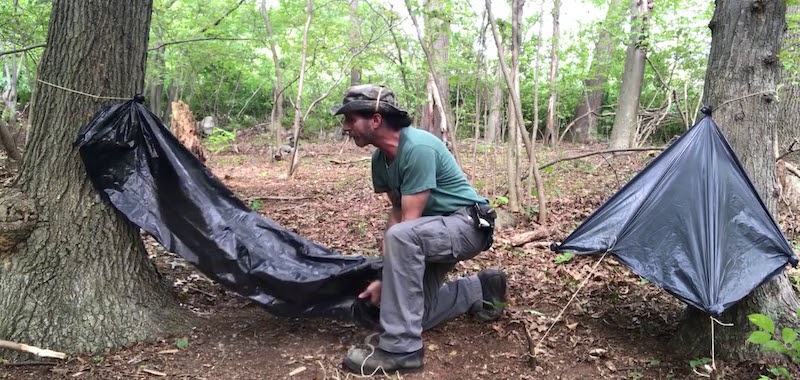
Some individuals become overwhelmed by superfluous details when using instant tents or tarps. They become caught up in seam-stitching, water resistance, and other features. But there is something these shelters lack. They’re not catching the “instant-ness.” It’s similar to instant coffee. But it’s a shelter.
You’ll be able to construct your own quick emergency shelter from the simple suggestions in this article after reading it.

#1 KEEP YOUR SHELTER SECURE – 2 SECOND TENTS
It’s a real tent with fiberglass poles and a UV-protected coating that goes up fast. One of the greatest is the Quechua’s 2-second tent. You just need to lay this tent out and it will self- assemble. It’s incredible.
The disadvantage is that it shrinks into a ring shape. That implies you may not have enough room in your tiny survival kit for it.
#2 KEEP YOUR SHELTER SECURE – TYVEK SHELTERS
All it takes to transform Tyvek or house wrap into a tarp or tent is some ingenuity. A waterproof, light-weighted or perhaps washable material is used to wrap your RV. Another advantage of utilizing house wrap is that you may personalize your Tyvek sheets with Tyvek tape, seam sealer, and grommets.
#3 KEEP YOUR SHELTER SECURE – INSTANT TUBE TENTS
A tube tent is very easy to set up. It’s a tube that you can crawl through.. Because of the floor, Tarp tents have an advantage over a simple fly sheet. There are no seams that can allow water in. However, there is a disadvantage to using a tube tent. If you use the tube tent on a regular basis, the floor will wear down. Tube tents that shrink into the size of a fat wallet are available on Amazon.
#4 KEEP YOUR SHELTER SECURE – PONCHO TENT/TARP
You don’t normally think of a poncho as shelter. A simple poncho and two shock corded poles, on the other hand, can all produce something quite effective. Here’s the instructions how you do it. Connect the two opposing corners of the poncho with the first pole. Take the second shock-corded pole and join the two ends together. You’ve just constructed a roof in this manner.
#5 KEEP YOUR SHELTER SECURE – TRASH BAGS
A large garbage bag may be used as a backup survival shelter. The process is as follows. First, pick up some 4mm thick orange garbage bags.Although the first option is more expensive, this method enables you to use less storage space and fit a greater amount of stuff. When your fridge freezer has such a large capacity, it’s easy to fill up the shelves on both sides with smaller food containers of various shapes instead of just using big ones. You can also buy gallon bags that are bigger than. If you want a trash bag cover that is big enough to fit your house, go to Amazon and purchase the 95-gallon bags. Cut the bottoms out of two bags and then tape them together to make a tube tent. For the evening, crawl inside of it. It’s not attractive, but it’s compact and keeps you dry and protected from the wind and rain.
#6 KEEP YOUR SHELTER SECURE – BEDSHEETS
The walls of your tent will be coated in plastic, so you don’t have to worry about mildew or mold. Of course, the ceiling and floor are still covered with a waterproof material. Regular bedsheets aren’t as waterproof as a 4mm garbage bag, but they can serve well as a tarp or cover. Air barriers are formed by stacking several bedclothes on top of one another. You raise the chances of keeping cool by building an air barrier between the sheets.. You may also construct a survival tarp by fastening the corners to vegetation and adding paracord.
#7 KEEP YOUR SHELTER SECURE – PLASTIC SHEETS
Remember the 4 millimeter trash bags we discussed earlier? The same material is also available in strips. They’re available at hardware shops and come in rolls. Remove anything you require for shelter. The most basic tarp is made of polyethylene and can be purchased for less than ten dollars. It’s both cheap and waterproof. You may also make a 6 x 8 foot tarp by splitting the end open.
